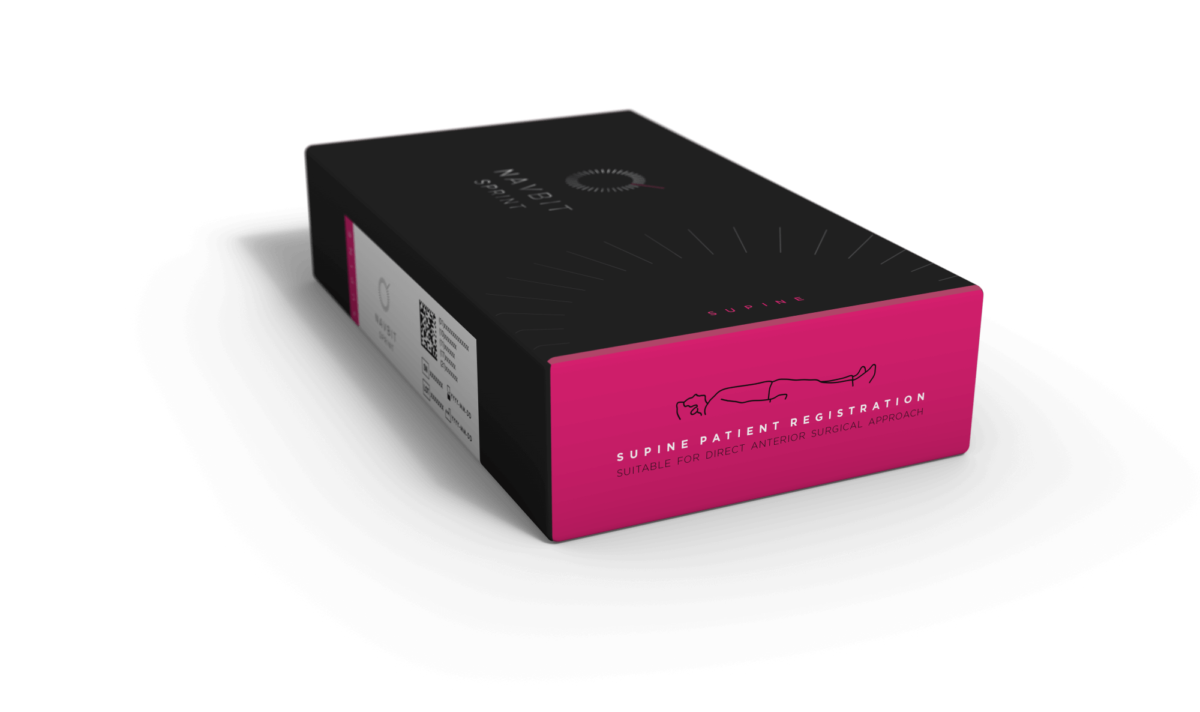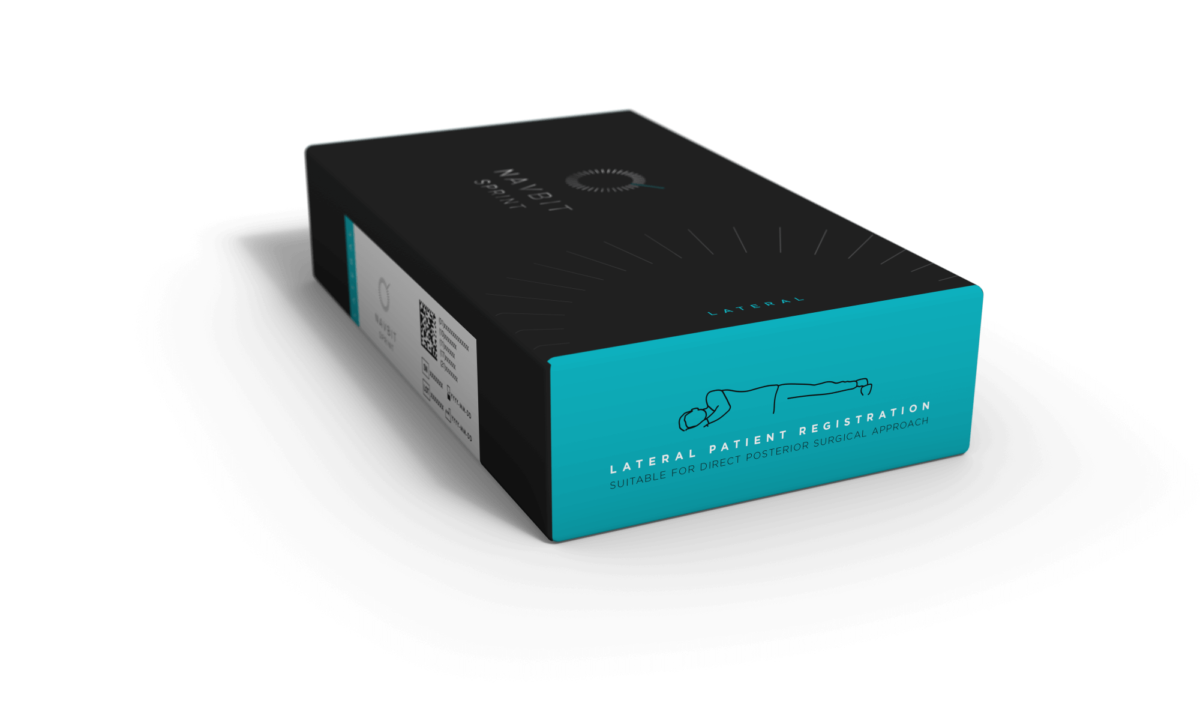Publications
Accuracy of acetabular component alignment with surgical guidance systems during hip arthroplasty
Navigation in total hip arthroplasty has been shown to improve acetabular positioning and can decrease the incidence of mal-positioned acetabular components. This study aimed to assess two surgical guidance systems by comparing intra-operative measurements of acetabular component inclination and anteversion with a post-operative CTscan.
Evaluating alternative registration planes for imageless, computer-assisted navigation during supine total hip arthroplasty
IHS
During surgery in the supine position, using a functional registration plane was more accurate than using an anatomic reference plane. The increased measurement error using an anatomic reference plane was clinically significant, with nearly one-third of anteversion results outside of a ± 10° target window. Using the table tilt method of registration instead of anatomical landmarking provided further improvements in accuracy.
Novel measure of acetabular cup inclination and anteversion during Total Hip Arthroplasty
MDER
Through bench testing and usability testing, the Navbit Sprint system was found to be precise and accurate, with a mean absolute error of 1.21°. The system was also found to be usable and to add an estimated 7 minutes to surgery time.
Improving Acetabular Component Positioning in Total Hip Arthroplasty: A Cadaveric Study of an Inertial Navigation Tool and a Novel Registration Method.
HSS
The Navbit Sprint novel inertial-based navigation tool is accurate for cup positioning in THA in the supine and lateral positions.
Revision of Hip and Knee Arthroplasty: Supplementary Report in Hip, Knee & Shoulder Arthroplasty: 2021 Annual
AOANJRR
In Australia, 56.9% of hip revision surgeries involve replacement of the acetabular component (alone or part of THR), which results in a significantly lower cumulative risk of second revision compared with only replacing femoral components.
The Use of Computer Navigation in Total Hip Arthroplasty is Associated with a Reduced Rate of Revision for Dislocation
JB&JS
Using navigation to improve acetabular component placement was associated with lower risk of dislocation.
Reduced Risk of Revision with Computer-Guided Versus Non-Computer-Guided THA
JB&JS
At 10 years, the cumulative risk of all-causes revision was significantly lower in navigated (1.06%) compared with non-navigated (3.88%) total hip arthroplasties.
Can some early revision total hip arthroplasties be avoided?
BJJ
For the 51.3% of revision THAs which were deemed avoidable, the primary reason for revision was suboptimal positioning of the acetabular cup, accounting for 48.3%.
Techniques for Optimizing Acetabular Component Positioning in Total Hip Arthroplasty
JB&JS
An estimated 50 to 61% of post-surgery acetabular cup positions fall outside of a safe zone, demonstrating the difficult of positioning this component.
Further Resources
The Future of
Hip Surgery
For more information about Navbit Sprint, contact us at info@navbit.com
Contact us
Always read the label and follow the instructions for use. For information on the efficacy and the side effects to the applicable, refer to he provided instructions for use. Products are only for sale to health professionals.

